Travelogue Peru 2006
Nasca
Several busses later we arrived in Nazca, a town on a plateau at 600 meter above sea level. Nazca is famous for lines and giant symbols ancient Indians left in the rocky plain between 800 BC and 600 AC. The only way to actually see them is from a plane which I did the next morning (Ingrid didn’t want to). Unfortunately we were flying quite high, as the tower gives each of planes a certain flight level, 100m, 200m or 300m.

Above each figure, the plane turns circles so that both the passengers on the left and on the right can see and photograph everything. In our case “all passengers” meant three passengers, I was sitting next to the pilot. The flight was about 30 minutes. And though there was a paper in the cockpit stating that certain acrobatic manoeuvres were allowed for our machine the pilot refused to do some spins with us 🙁

From the air you see straight lines, several kilometers long, symbols, arrows similar to the markings before a highway exit and different animal figures (monkey, dog, spider, humming bird, condor, whale, flamingo …) and a human figure which seems to wave someone in outer space and is called “El Astronauta”. It is not hard to believe that those who want to believe in the existence of UFOs and extraterrestrial life consider those drawings, some are very similar to runway markings, proof for their thesis. It must have been an enormous effort to build those “drawings”.
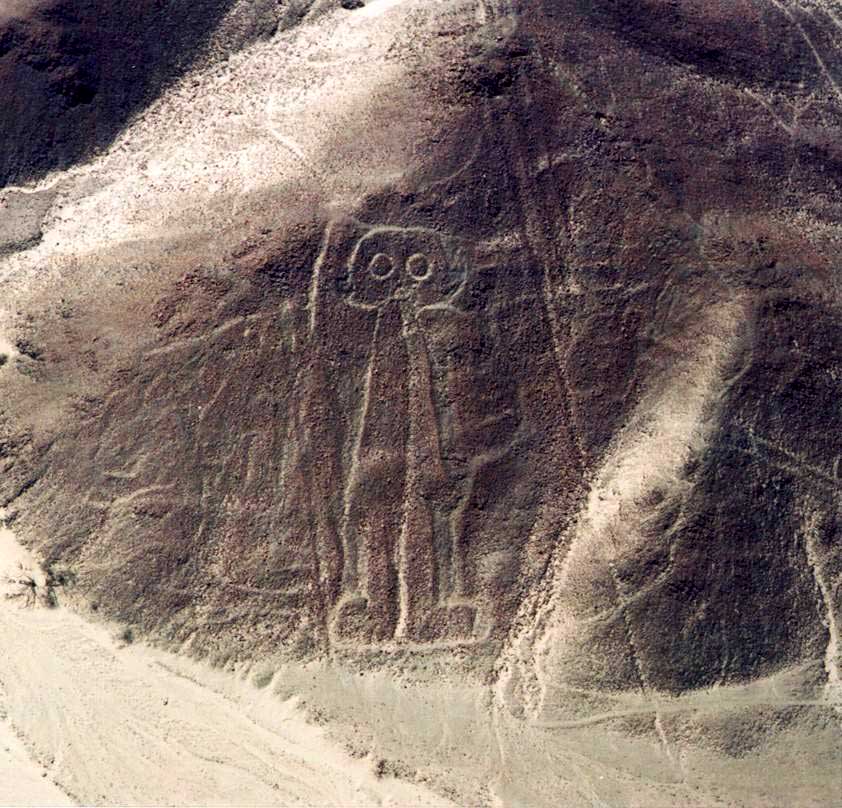
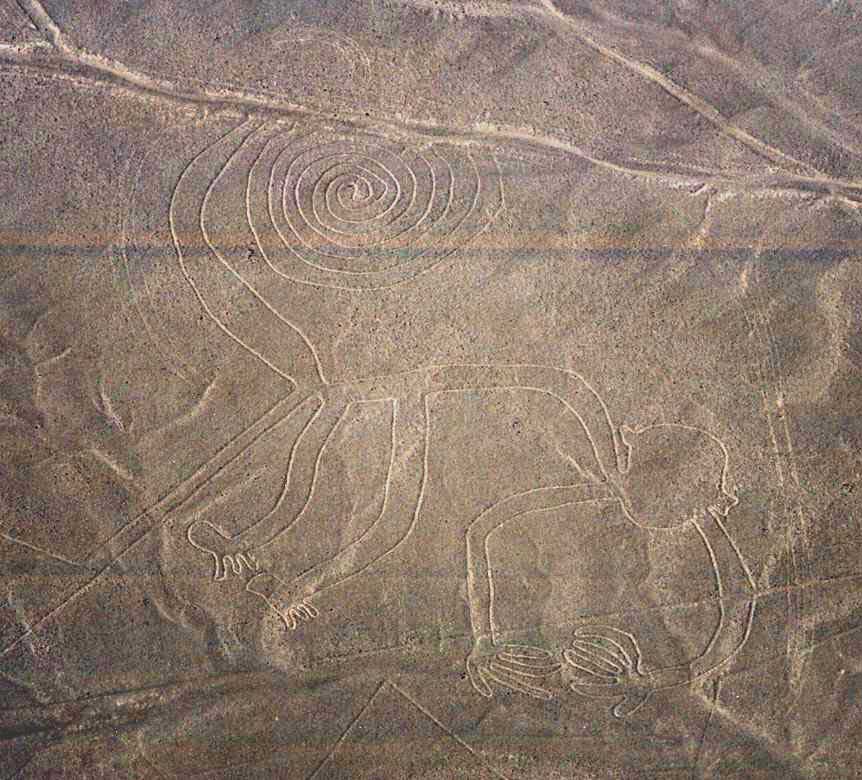
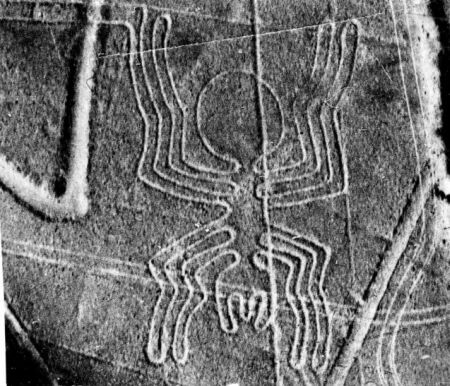
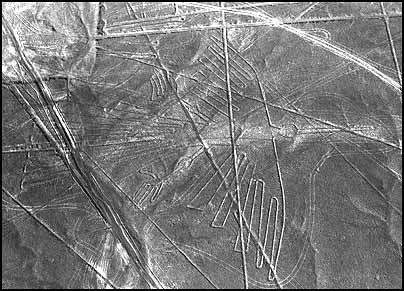
The methods used were:
- rearranging stones to long straight lines
- “sweeping” the plateau from the dark stones scattered over the surface and thus revealing the lighter underground
- digging trenches, some 50cm deep
The Astronaut is the only figure engraved in the rocky slope of a hill.
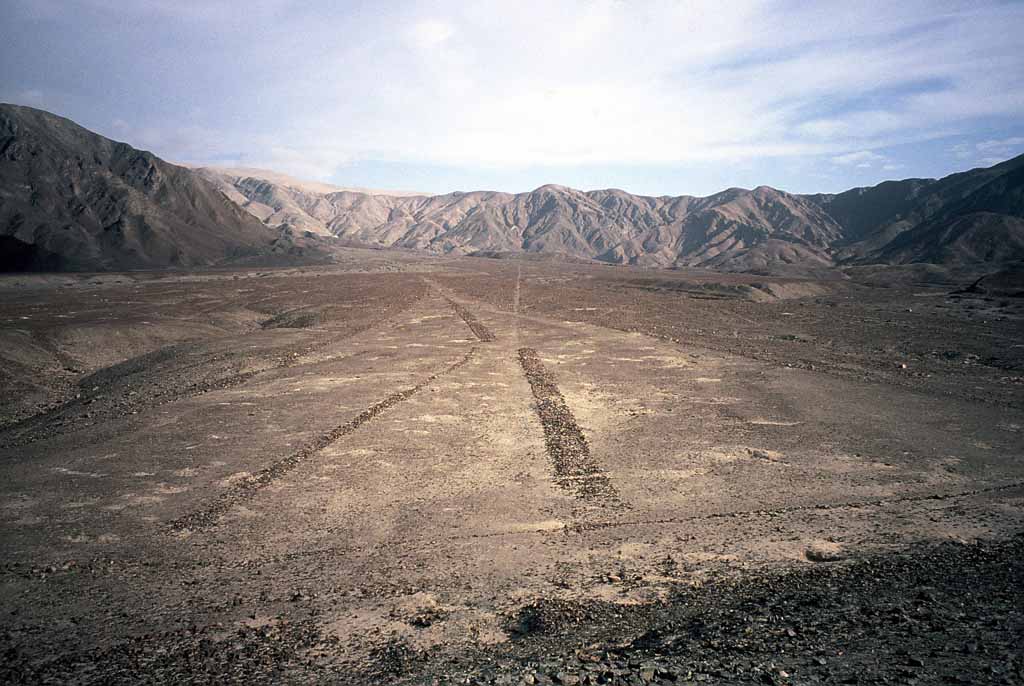
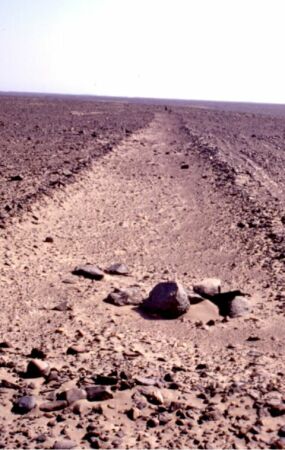
There are many theories about the origin and purpose of the lines:
Some believe the UFO stuff and will always believe it.
Some proposed that the lines could be part of an astronomic calendar but a computer analysis did not find more than arbitrary matches.
The best explanation till today seems to be the following:
The Nazca plateau is extremely dry. If there is no rain in the surrounding mountains there is no water for the agriculture (for example last week it rained the first time after five years). The lines seem to mark the paths of ceremonial processions: The Nazca people had to follow those paths exactly to please their gods. he animal figures are drawn in one continues line, so you can walk through them by just following the path. It is supposed that walking through those animals was meant for picking up the mystical powers associated with each of those animals. Furthermore many of those lines point to the mountains the water will hopefully come from or they point to miniature mountains representing the real mountains in a kind of map. One of the reasons this theory is quite accepted is that they discovered that many of the drawings and lines were build during a drought of 40 years, maybe caused by an El Niño event. But of course there are many unanswered questions.
Most of the above I learnt from a BBC documentation they showed us at the airport. As usual there were countless delays and so the trip took three hours, most of them waiting.
In the afternoon we went for a little private tour, just Ingrid and me with a guide. We first visited one of the drawings and could see how huge they actually are and how they were made (this one sweeping / stone laying). We had a very good guide who knew and told us a lot. Second stop was an aqueduct which has been in use for over 1600 years.

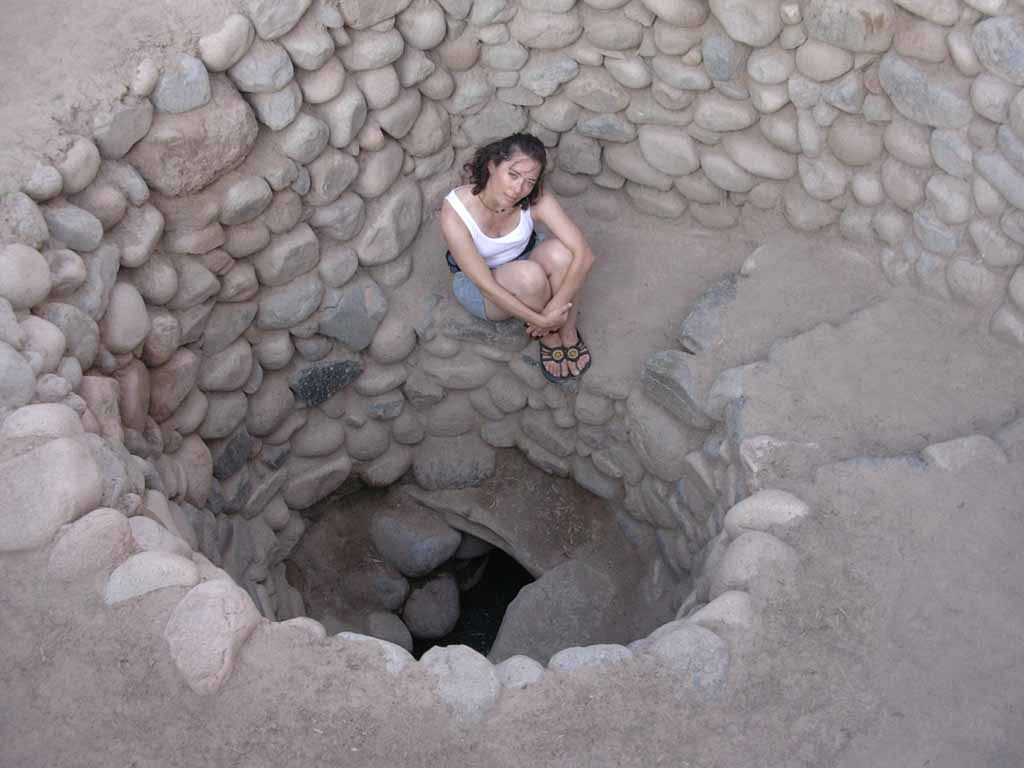
But the end of the day turned out to be turbulent. We were ready to sleep, teeth brushed etc. when we arrived at Ormeño, the bus company. We were not ready to be told that the bus broke down and that there wasn’t another one tonight. It was like throwing a stone into an anthill though there were only two heavily packed ants (Ingrid and me) running zigzag from one bus company to the other trying to find another bus. There was one bus we could have taken, but the driver did not want to wait the three minutes it took Ingrid to get our money back from Ormeño’s. The night porter and watchman of our hotel put a lot of effort into helping us. We considered even changing our route and going to Cusco (former capitol of the Inca Empire and entrance to world famous Machu Picchu) if there had been another bus. We even took a taxi to the street those buses should have departed from. That was a scary place and our driver really seemed strange too. So we were glad to arrive safely back at the hotel! Changing the route would not have made much sense anyway, as we would have ascended too fast, not giving us the time to accustom to the thin air, especially as we would like to do the Inca Trail, a four day hike. So we waited for some more busses to Arequipa but none of them had seats available. The cherry on the cake was the fact that when we were checking in at our hotel again at 2 a.m. we met someone who had just arrived with a Ormeño bus … so there was another one they did not tell us about. The lesson is not to rely on any information and not to assume that the bus will come, especially if it is the last one of the day.
Well, the advantage is that I had a lot of time to write the English version of this report. For a change a calm day with no program at all, Ingrid is relaxing in the hotel yard at the pool. And of course we wait for our bus to come. This time as early as 10:30 p.m. and with a different company (there are hardly daytime buses and you just loose a day sitting in the bus).
All the best from Nazca, Peru,
Volker